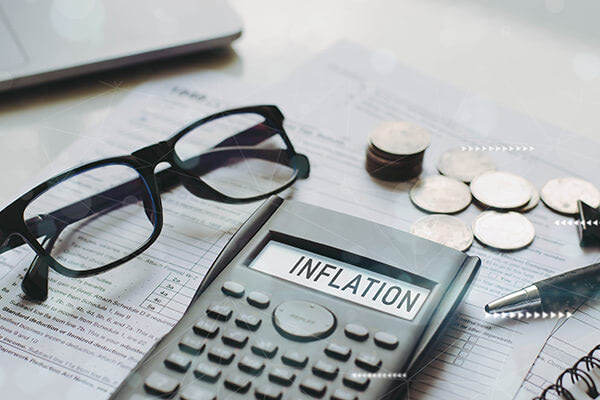What does it mean now that the Bank of Canada has paused rate hikes? Here’s what you should know about the central bank’s movements.

Is it time for fixed rates again?
Is it time for fixed rates?
Some of us like to “risk it for the biscuit” by taking more chances in hopes that our dreams will pan out the way we want them to. This can mean speaking up more often and settling less often career wise. This can mean totally stepping out of our comfort zone and becoming overall more vulnerable by no longer following the status quo. Some like to take risks in the mortgage industry by opting for a variable-rate mortgage over a fixed-rate mortgage. This may seem absolutely terrifying for some borrowers, but some may see a thrill and benefit from it. With the economy changing and the Bank of Canada starting to hike up the prime rate, is it time for these risk takers to lock in their mortgages?
Changes in the overnight rate
In the last year, Canadians have seen variable rates change and their monthly payments increase because of it. Over the course of 2018, the Bank of Canada increased the overnight rate three times from one per cent to 1.75 per cent. The overnight rate is the interest rate that major banks use to borrow and lend from each other “overnight.” Changes in the overnight rate are what cause variable rate mortgages to increase or decrease. Borrowers will notice this in their monthly payments.
With the overnight rate rising, it begs the question on whether or not borrowers should lock into a fixed-rate mortgage. For decades a variable-rate mortgage has been seen as the more desirable option for veteran home owners. It typically offers them lower interest rates than fixed rate mortgages and the monthly payments will adjust depending on the overnight rate that the Bank of Canada sets. In other words, when the overnight rate went up the monthly payments would increase with it, and vice versa. When mortgage rates took the plunge after the 2008/2009 housing crash, having a variable-rate mortgage was the best option for home owners since payments were much lower.
Slow economy
Lately, we’ve seen borrowers avoiding variable-rate mortgages because of the instability in interest rates. This is also because fixed rate and variable-rate mortgages are very close. The cost advantage of having a variable rate mortgage has faded away. It’s less compelling for borrowers to choose the variable option since the risk-reward tradeoff is lower. Alternatively, it’s seen as a lower risk and therefore a lower return on your investment. Usually, there is a much larger gap between variable rates and fixed rates. This can save borrowers money on interest and can provide them with a margin of safety. Since the gap is smaller, borrowers are seeing fixed rates as the more beneficial option.
Is there still a benefit?
Veteran borrowers may still be hopeful that variable-rate mortgages are the way to go. Some borrowers see the slow Canadian economy in the beginning of 2019 as a reason why the Bank of Canada may cut rates. Variable rate borrowers would end up saving money if the Bank were to cut rates, but they could risk higher rates in the long run. Moreover, if a home owner were to break their mortgage with a big bank, the penalties are higher with a fixed rate. With a variable rate mortgage, home owners see more modest penalties for breaking their mortgage.
Is it time for fixed rates again? Ultimately, the question boils down to how much risk the borrower wants to take. For home owners that tend to stress over how much they’ll be paying towards their mortgage would benefit from a fixed rate. Home owners that don’t mind their payments fluctuating over time, may want a variable-rate mortgage. To find out what your best mortgage options are, come see one of our experts at Clinton Wilkins Mortgage Team. To book an appointment you can get in touch with us here.


